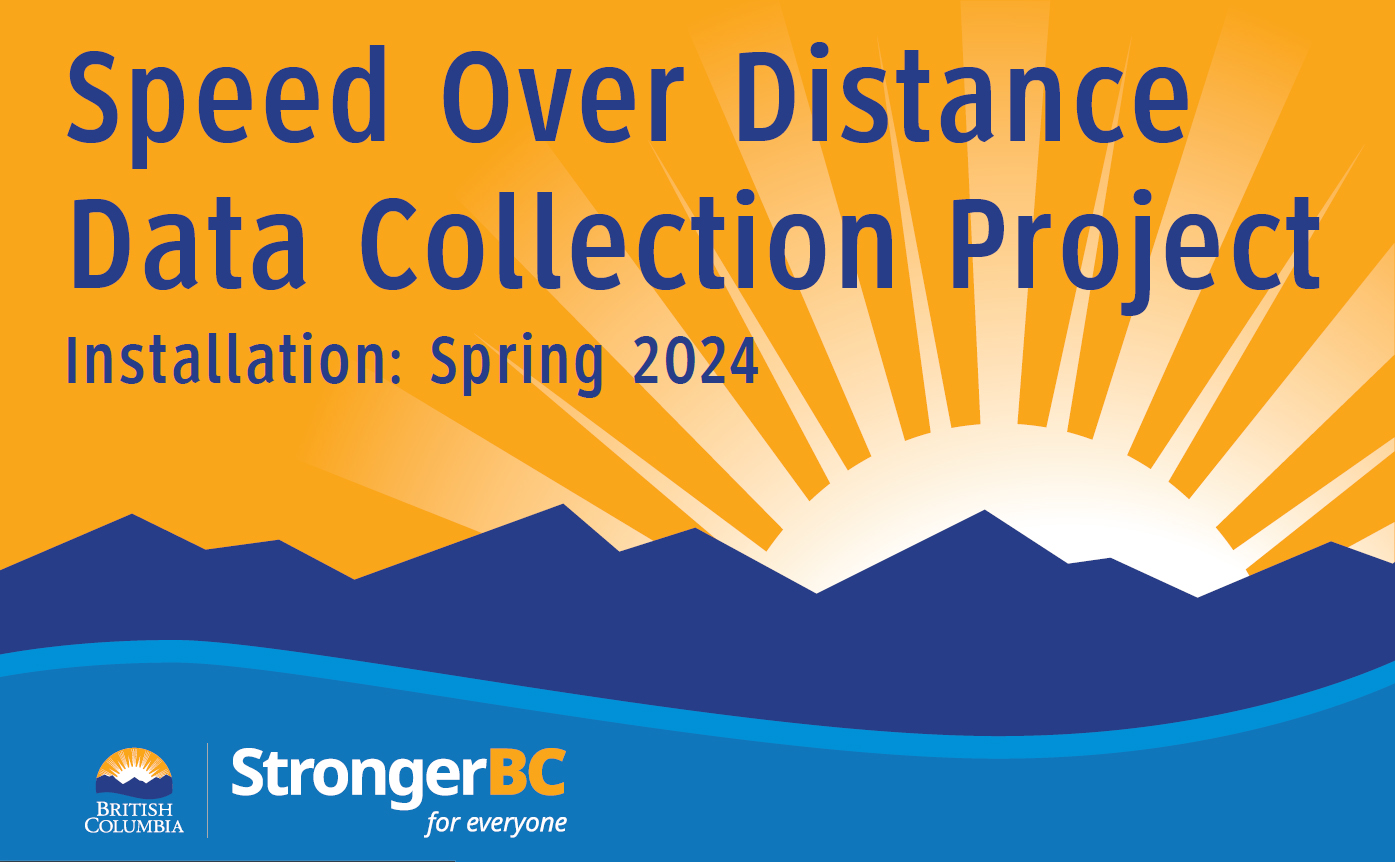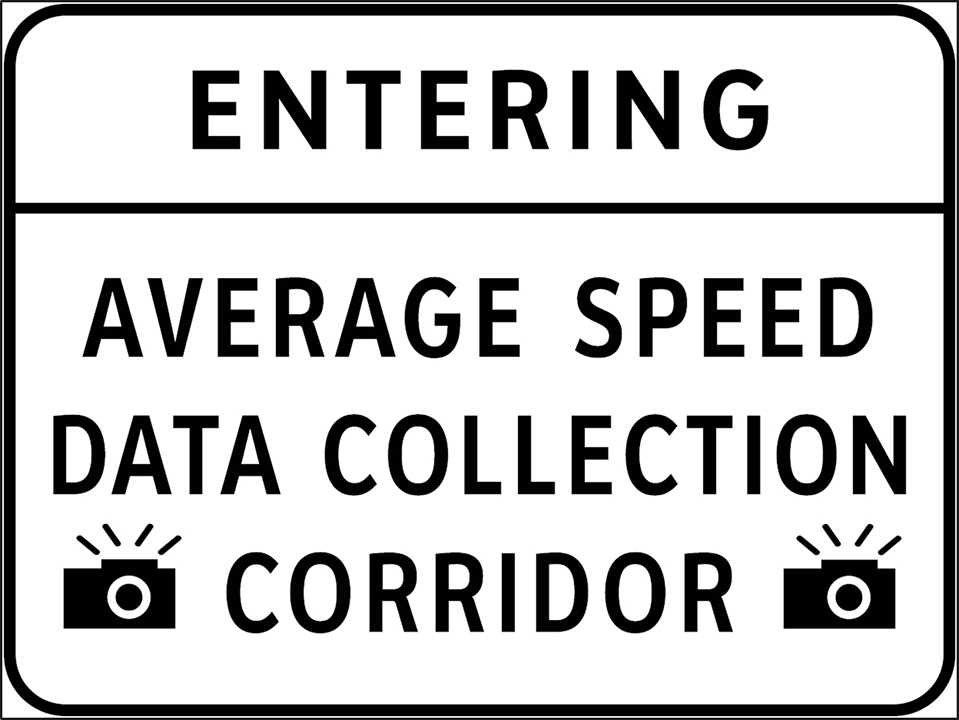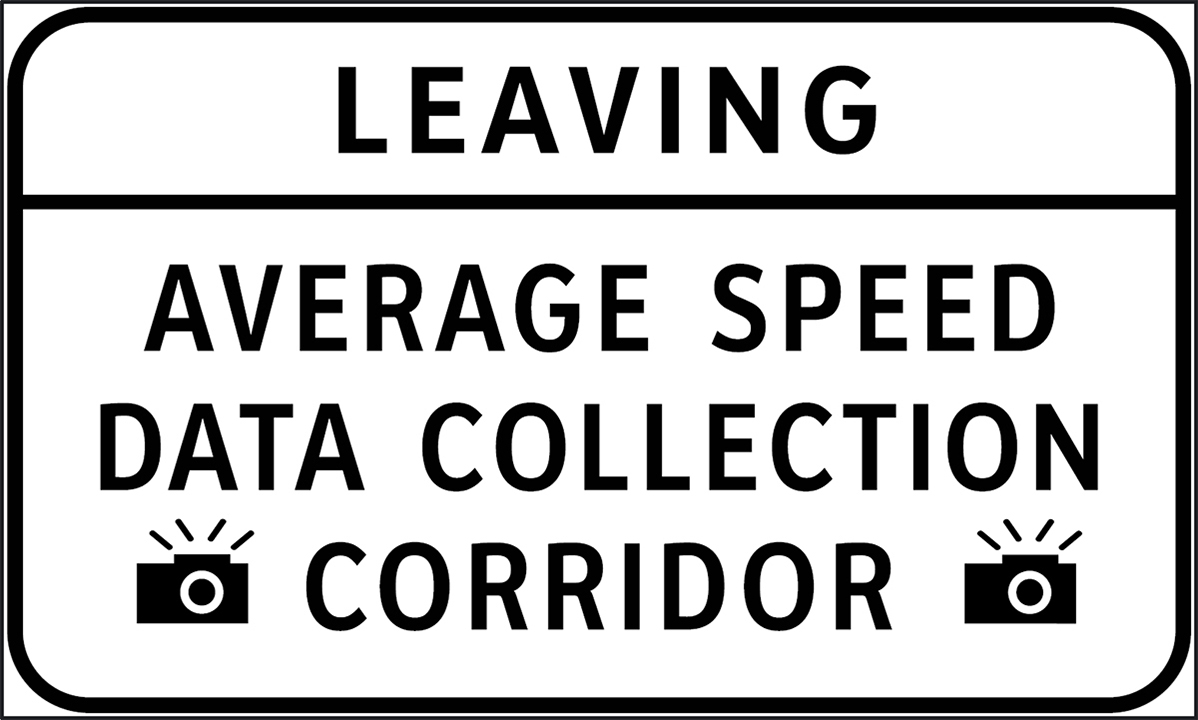Highway 5 North Pilot Project – Average Speed Over Distance Technology

As part of its ongoing work to improve safety on Highway 5 North, the Ministry of Transportation and Infrastructure is launching a new average-speed-over-distance data-collection system to obtain vehicle speeds and gain greater insight into driver behaviour between Kamloops and Avola.
We are piloting the use of average-speed-over-distance technology to calculate the average speed of vehicles travelling between two distant points along the highway. The average speed will be calculated by utilizing automatic-licence-plate-recognition (ALPR) cameras. The cameras will be used only for data gathering and not speed enforcement.
Unlike the traditional method that measures the speed of a vehicle as it crosses a specific point, this technology will provide more insight into driver speed over the corridor. The data will be collected on two distinct segments of the highway that will provide consistent speed profiles (i.e. – sections of highway with minimal access/exit points or drops in posted speed). Signs will be posted at each entry and exit point to advise motorists that they are entering and exiting the average speed data collection zone.


The information gained from this project will help inform future decisions to improve safety on Highway 5 North, which has seen an increase in serious collisions. The cameras are expected to be installed in spring 2024 and will not be used for speed enforcement purposes.
This project will supplement the numerous improvements recently made to the highway, such as LED chevrons, warning sign enhancements, dynamic message signs (DMS) and rumble strips.
How it works
The system will enable us to gather real-time reliable data to gain insight into travel time-based speed. The passing times of vehicles are recorded along with their licence plate numbers at each of the two control points. The segment travel time is then calculated by subtracting the passing times of each vehicle. Knowing the distance between the two points, average speed can be calculated and compared to the posted speed limit.
The ALPR cameras use optical character recognition technology that can read images and text on vehicle licence plates and store them in the appropriate format, creating a time, date and location file for the vehicle.
The licence plate number will be masked or replaced with special characters similar to payments with a credit card. The data will be anonymized and securely stored and will be deleted from the system at the earliest point when no longer required.
